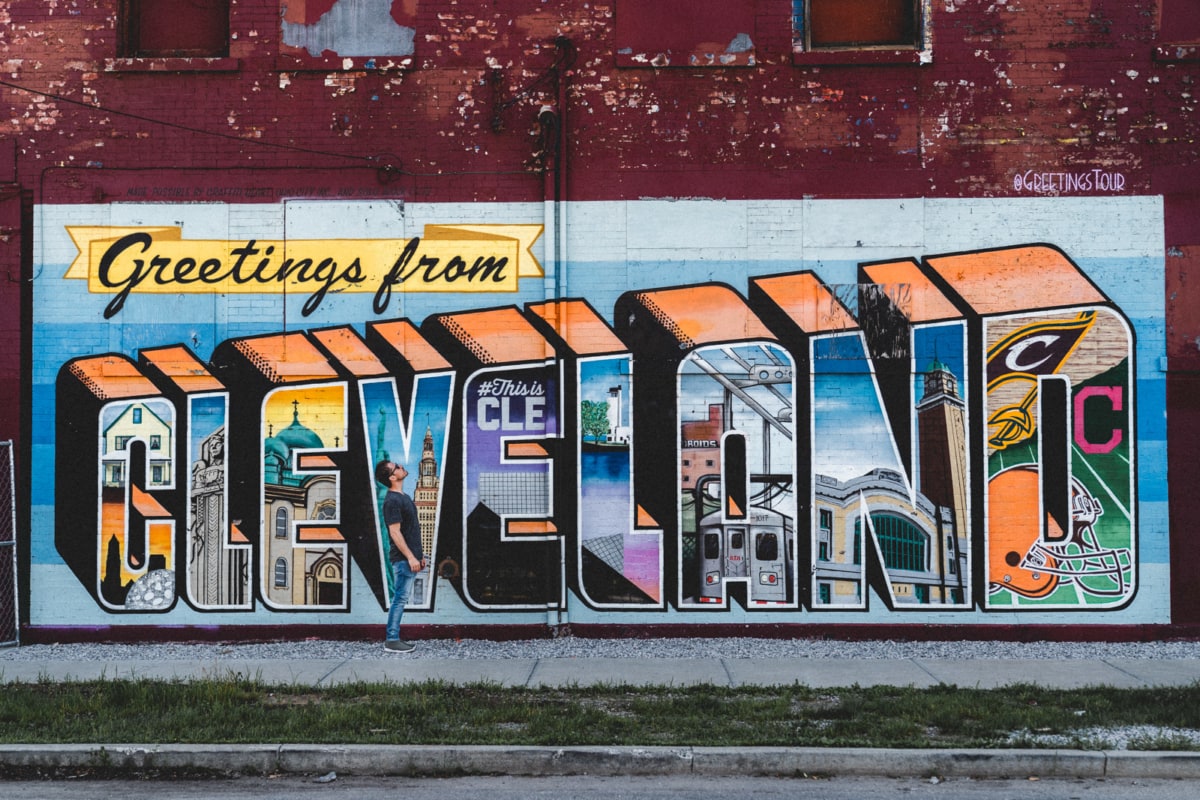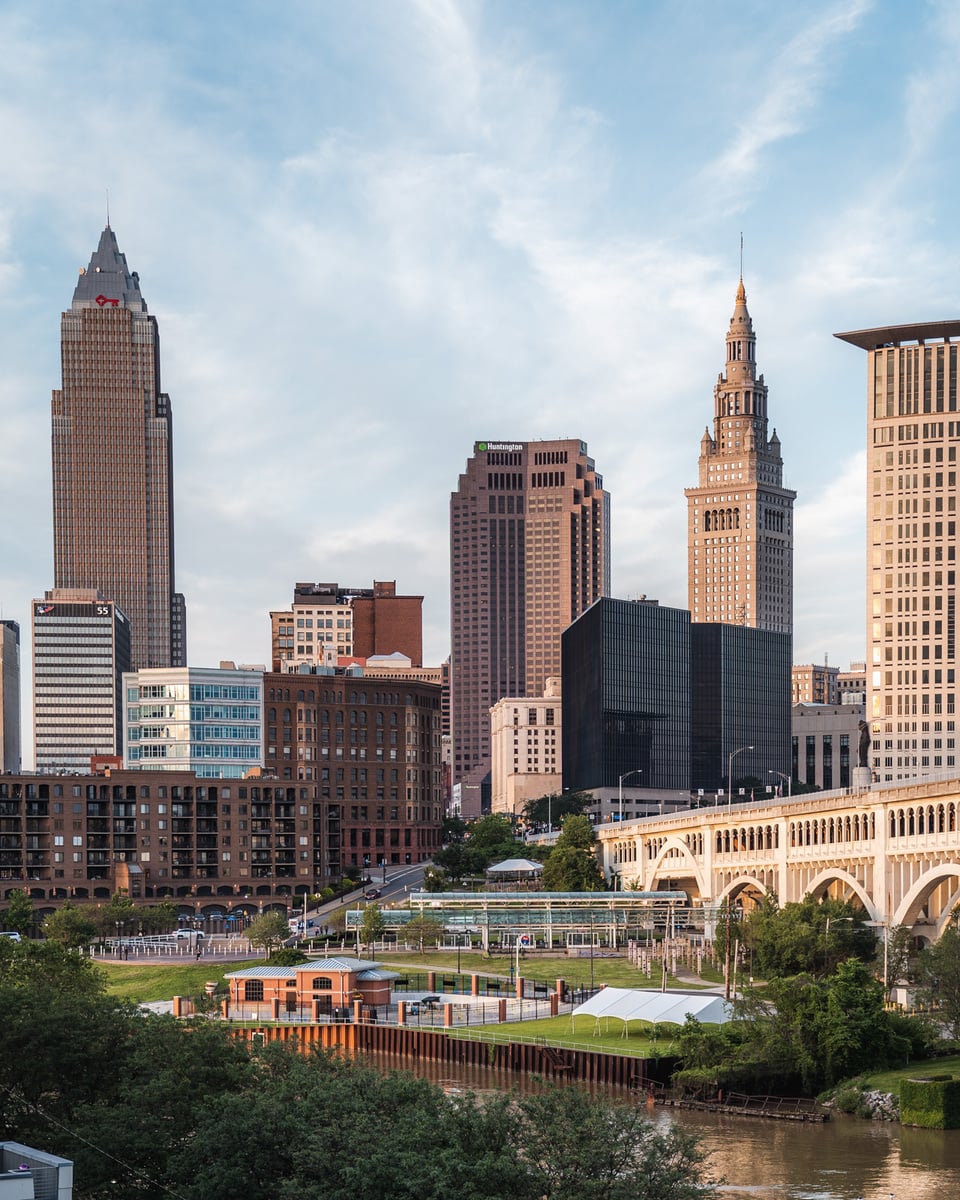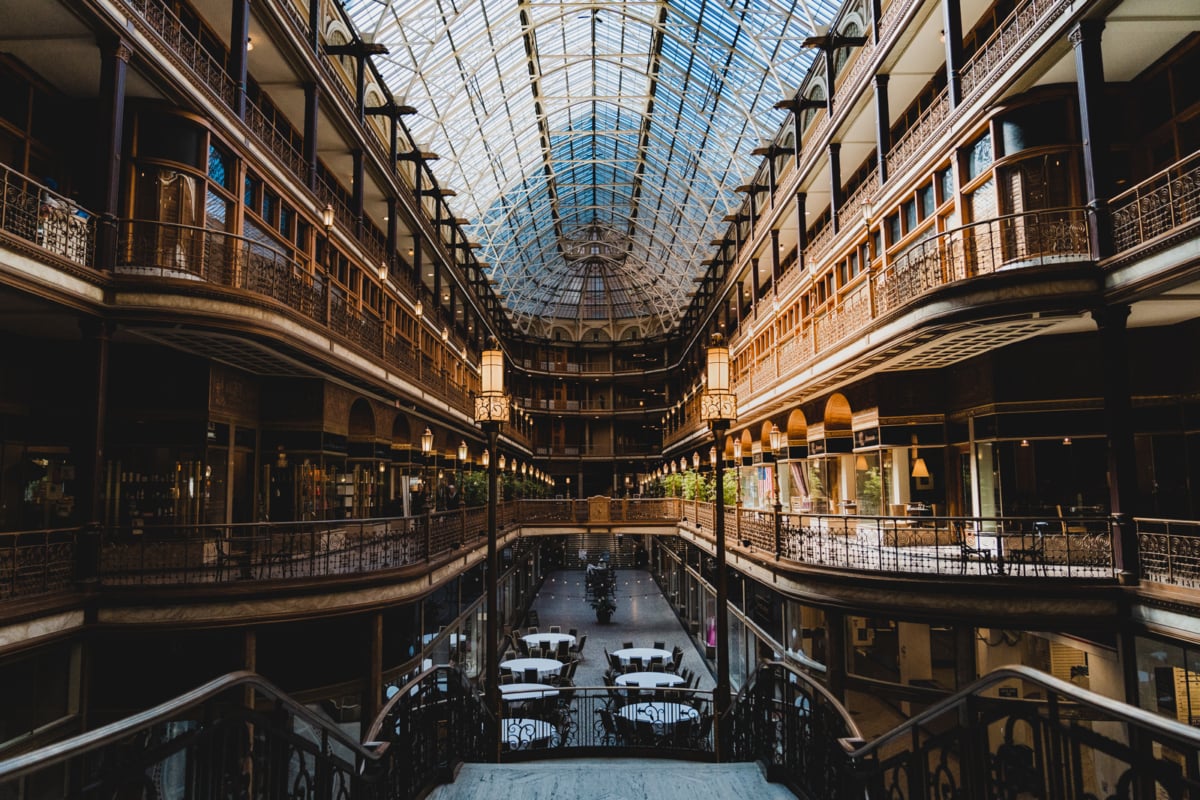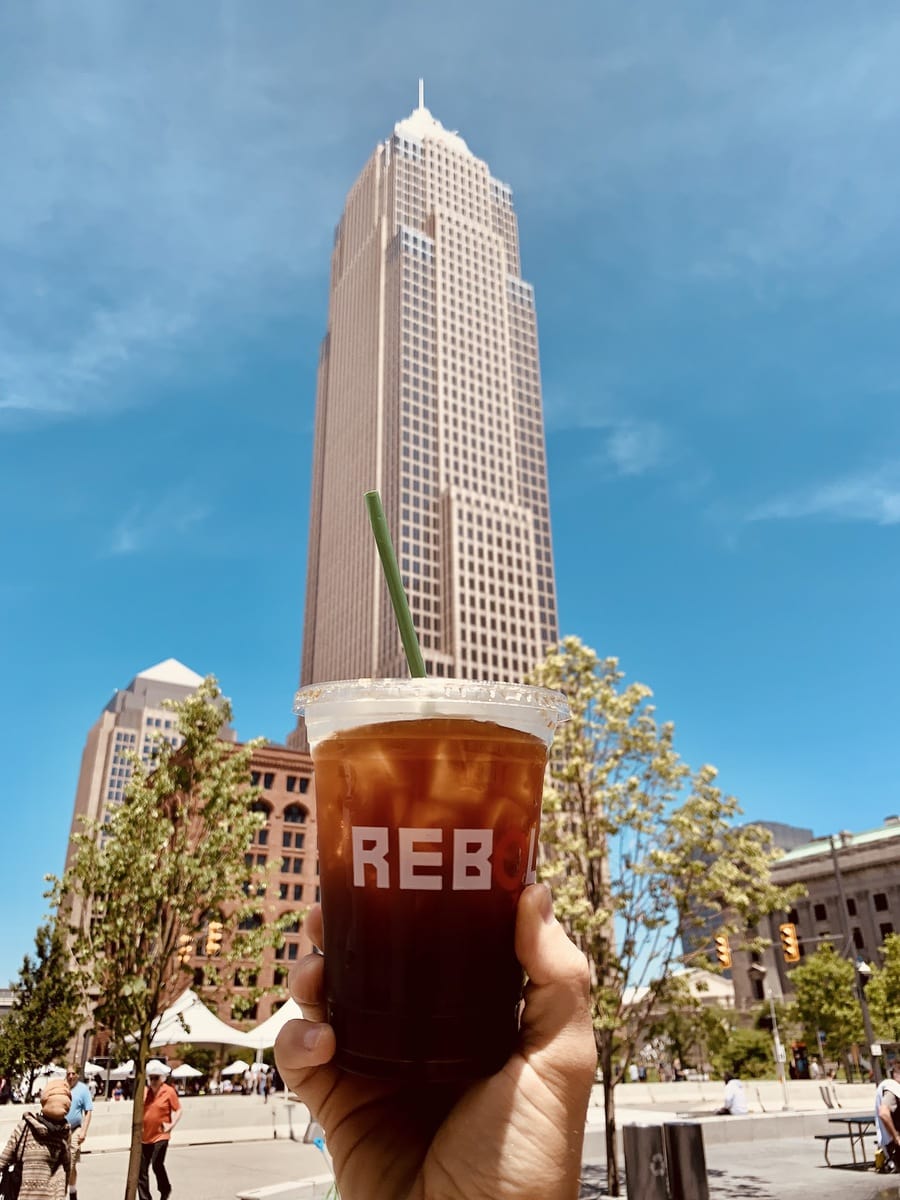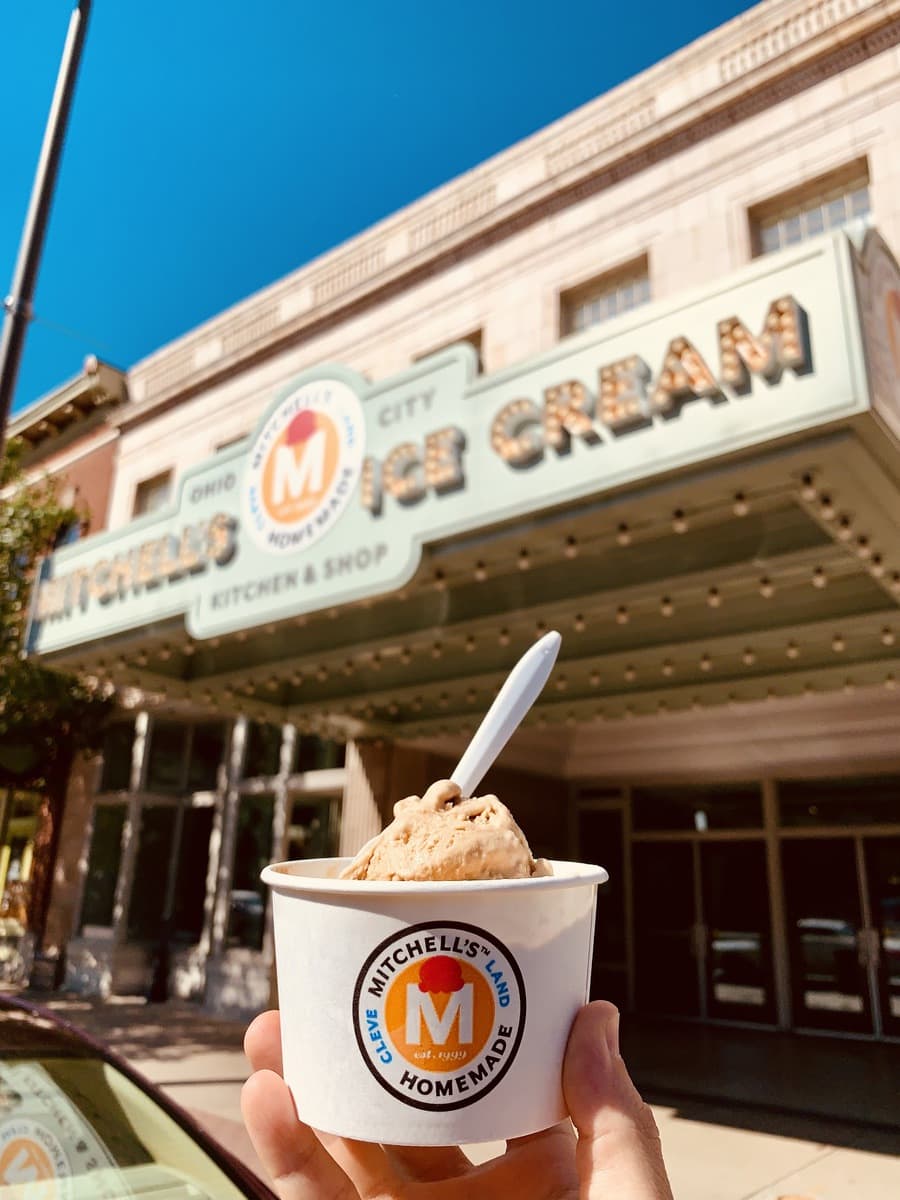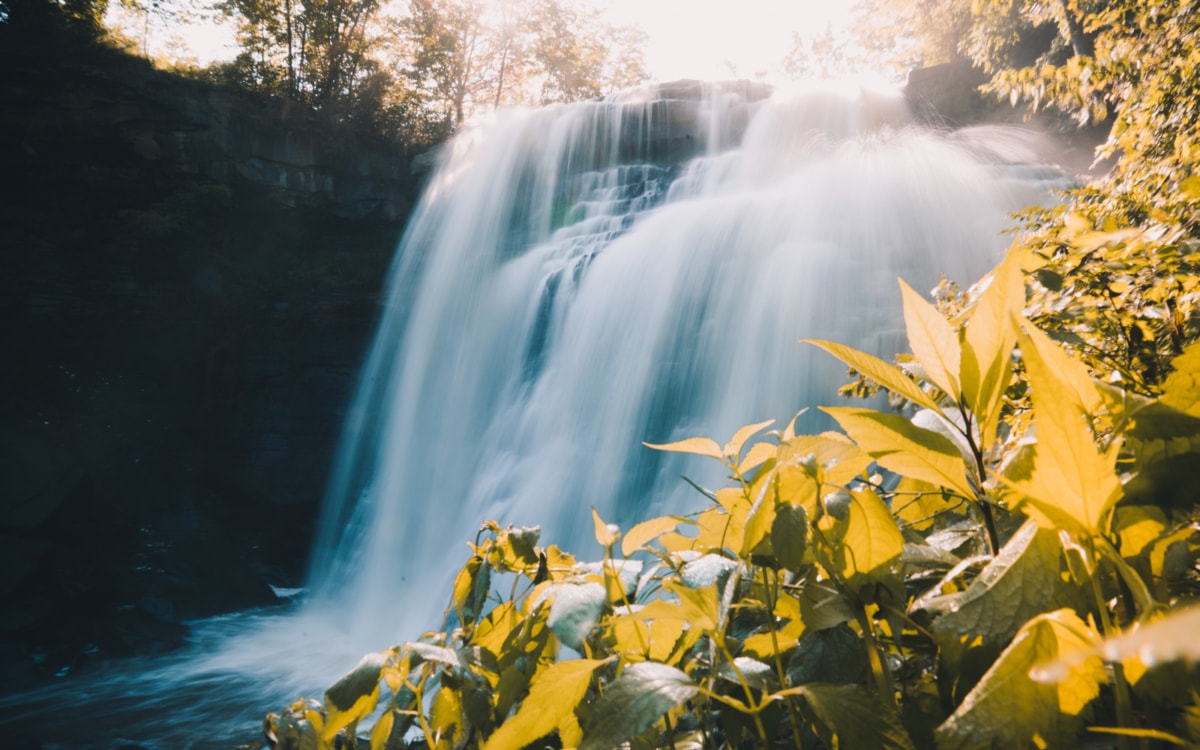“Wait. Cleveland’s river did what?”
There aren’t many cities in the world that would be willing to celebrate the 50th anniversary of their most infamous piece of history, an environmental disaster that became national news—but that’s what Cleveland is doing right now.
Except that’s not really what it’s celebrating at all. It’s actually memorializing what happened afterwards, in those 50 intervening years.
It’s one of the greatest urban renewal stories in U.S. history, and the creation of an exciting, welcoming modern city that its residents can be proud of, which I explored firsthand as a guest of Destination Cleveland.
It’s about how one city’s example helped an entire nation clean up its natural treasures, for generations like mine to enjoy. If you’re a traveler based in the States, and you love exploring America’s wild places, you owe this city a lot of thanks. As my trip around Cleveland confirmed, it’s that important a story.
And above all, this story is about how to use your history, proudly and wisely, to correct mistakes and make a better future for everyone. Cleveland is celebrating how much it’s done to change itself for the better in that half-century—and as my trip showed me, the amount it has changed is staggering.
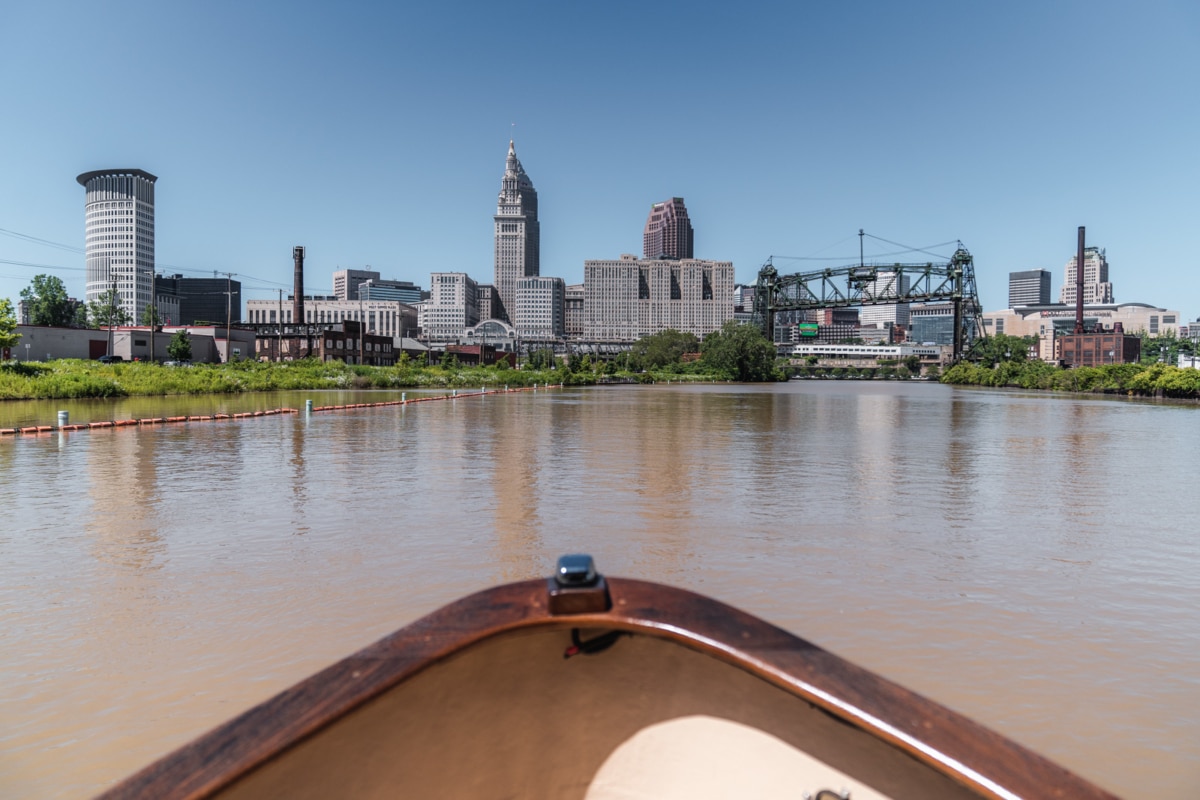
If you knew what this city was like 50 years ago and you saw it today, you’d have to pinch yourself. You’d never have guessed Cleveland’s Cuyahoga river, once the source of the city’s greatest shame, could one day be voted River of the Year, out of all the waterways in the whole country, by the American Rivers Conservation Association. But that’s exactly what happened this year.
The traditional best of the city has never looked better, and the worst has gone forever.
Cleveland’s story of recovery, renewal and conservation is a story everyone needs to know—and it all revolves around what happened on that river on that one hot summer day in 1969.
Here’s how the whole story played out.
